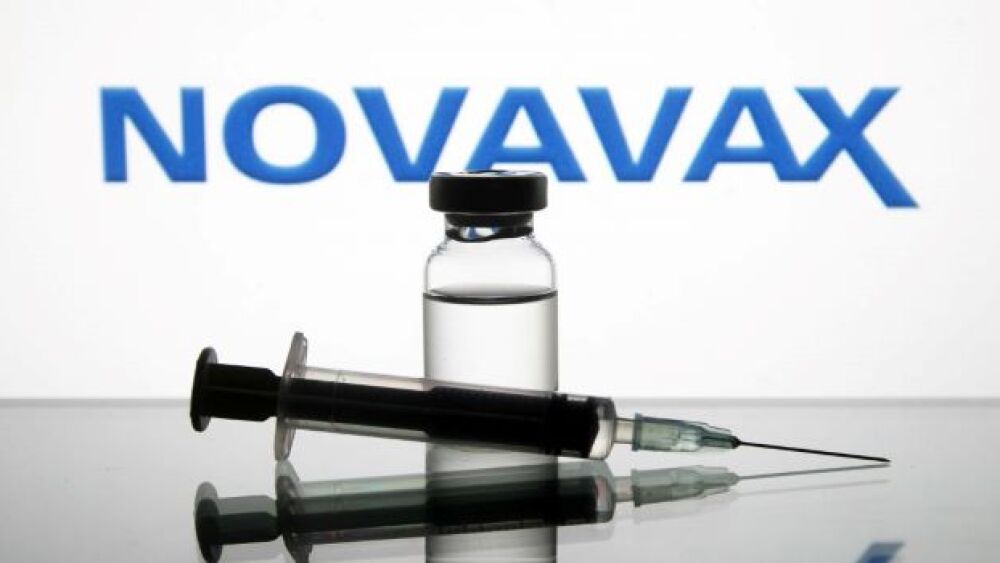Eli Lilly’s Mounjaro outperformed Novo Nordisk’s Ozempic at inducing weight loss in obese or overweight adults, according to an observational study published Monday in JAMA Internal Medicine.
Eli Lilly’s Mounjaro (tirzepatide) is able to elicit greater weight loss in overweight or obese patients than Novo Nordisk’s Ozempic (semaglutide), according to the results of a new observational study.
The findings, published Monday in JAMA Internal Medicine, showed that patients on Mounjaro lost 2.4% more body weight at three months, compared with those taking Ozempic. Lilly’s GLP-1 treatment widened its lead through six and 12 months of treatment, leading to 4.3% and 6.9% greater weight loss than Ozempic, respectively.
According to researchers, patients treated with Mounjaro also had significantly better chances of seeing meaningful weight loss than those on Ozempic. In the study, those taking Lilly’s obesity drug were 76% more likely to achieve weight loss of at least 5% and more than three times as likely to drop 15% of their body weight or more.
Both therapies had similar safety profiles with no significant differences in the risk of gastrointestinal adverse events between those receiving tirzepatide and semaglutide, according to the study. However, discontinuations in the study were common with more than 50% of patients taking either drug stopping treatment. It is not clear whether the discontinuations were due to side effects or other reasons.
“To our knowledge, this study represents the first clinical comparative effectiveness study of tirzepatide and semaglutide in adults with overweight or obesity,” the researchers wrote, noting that the while findings demonstrate weight loss of 5% or greater with both therapies, “the benefit was greater with tirzepatide.”
Monday’s results mirror the findings of a prior real-world analysis from healthcare data and analytics firm Truveta, which showed that Mounjaro was three times as likely to elicit 15% weight loss than Ozempic.
Still, the researchers cautioned that their findings have limitations, chief of which is the observational design of the study.
Rather than pitting Mounjaro and Ozempic against each other in a controlled, head-to-head clinical trial, Monday’s study drew from electronic health records of patients who had received either drug. This approach could have introduced unmeasured bias and uncertainties into the analysis, according to the researchers. Additional studies are needed to better understand the comparative efficacies of these GLP-1 therapies, they contend.
Lilly and Novo, currently the leaders in the obesity market, are running their own head-to-head studies. In April 2023, Lilly launched its Phase IIIb SURMOUNT-5 trial, which will directly compare the efficacy of tirzepatide to semaglutide in overweight or obese adults without type 2 diabetes. The results of the study are expected in November 2024.
In November 2023, Novo kicked off its own head-to-head study, targeting Lilly’s Zepbound (tirzepatide) with its next-generation investigational weight-loss therapy CagriSema. This study is expected to wrap up in the latter half of 2025.






